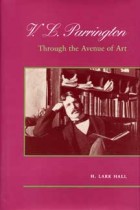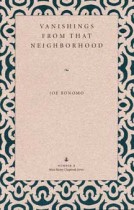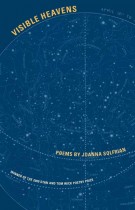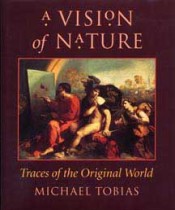V. L. Parrington
H. Lark Hall | Filed under: Biography
H. Lark Hall presents the first comprehensive biography of Vernon Louis Parrington (1871-1929). The recipient of the 1928 Pulitzer Prize in history for the first two volumes of his Main Currents in American Thought (3 vols., 1927, 1930), Parrington remains one of the most influential literary and historical scholars of the early 20th century. Parrington was a man in search of a personal myth. He found his self-image successively mirrored in Victorian novels, painting, poetry, Populism, religion, the arts and crafts movement, American literature, and American history. These changes also were reflected in his teaching as a professor of English at the College of Emporia, the University of Oklahoma, and the University of Washington. Published late in his career, Main Currents represented the culmination of his search. Drawing upon previously inaccessible personal papers-including correspondence, diaries, Harvard student course work, Main Currents chapter drafts, and other unpublished writings–Hall traces Parrington’s intellectual development from his midwestern childhood through a midlife engagement with English poet and artist William Morris, then from the radical impact of “the new history” to the tempered postwar reflection of his late career at the University of Washington.




